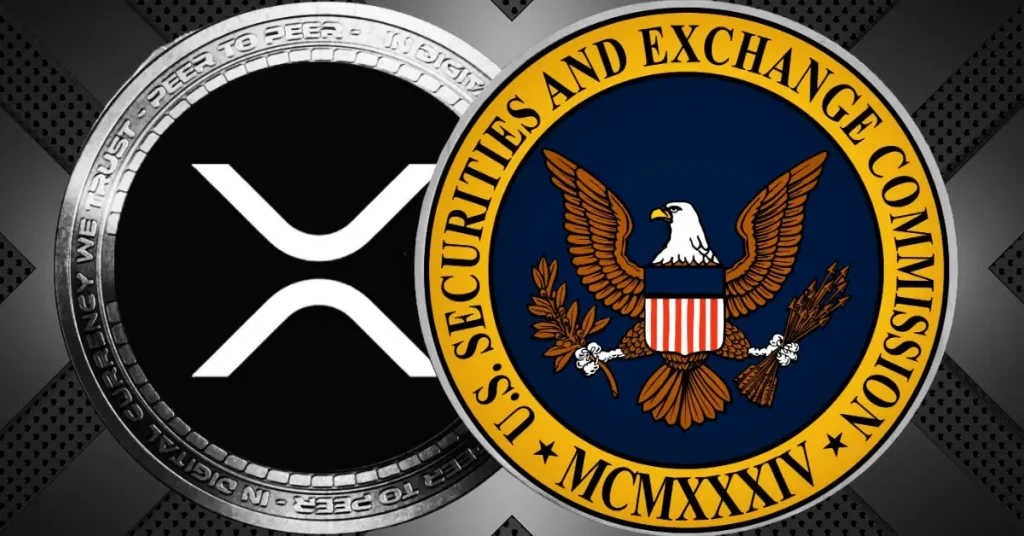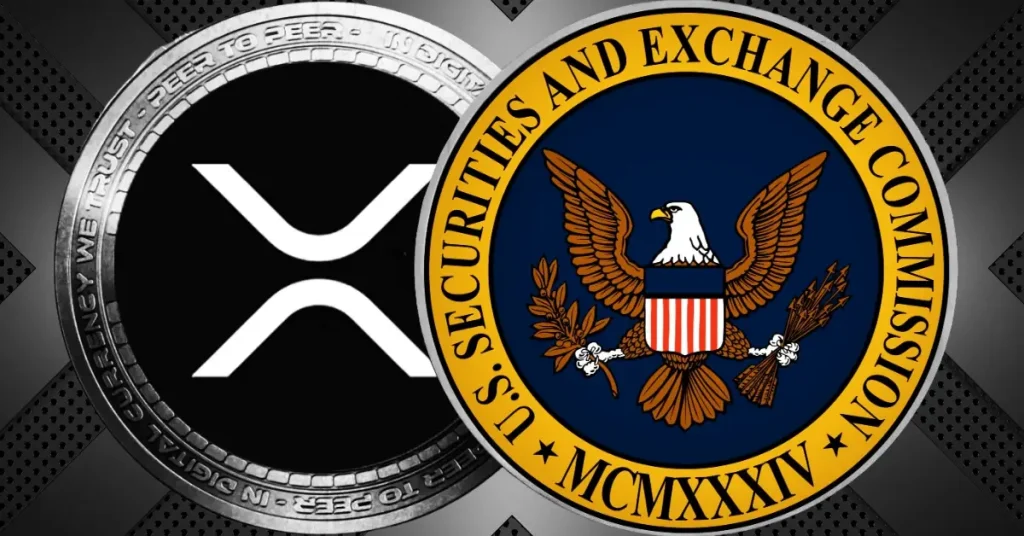
The post Bitcoin Dominance Drops Again, Is Altcoin Season Coming in August? appeared first on Coinpedia Fintech News
Bitcoin dominance has dropped almost 7% in the past month, breaking a key 3-year trendline. Meanwhile, popular crypto trader Crypto Rover shared a chart showing a striking similarity between Bitcoin dominance in 2021 and 2025
Back then, it led to one of the biggest altcoin rallies, and now, Rover believes history might be repeating.
2021 Chart Pattern Repeating Again
Recently, Crypto Rover shared, Bitcoin dominance chart, which formed a similar shape in both 2021 and 2025, a falling wedge. In 2021, this led to a sharp fall in dominance, triggering a major altcoin season where many smaller coins skyrocketed.
Now, in 2025, we’re seeing the same setup again. Bitcoin dominance recently peaked around 72%, and is now falling fast, currently sitting near 61%. Therefore, Rover suggests this could be just the beginning of another big drop, possibly to 52% or even lower.
If dominance keeps falling, more funds may flow into altcoins, just like what happened during the 2021 altseason.
Altcoins Already Outperforming Bitcoin
This trend isn’t just about charts, it shows a shift in trader interest. The crypto market is showing clear signs of a shift toward altcoins as Ethereum, SOL, XRP, and other altcoins have started to outperform Bitcoin.
According to Glassnode data shows that Ethereum’s perpetual futures trading volume has just passed Bitcoin’s, for the first time since the 2022 market low. This marks the biggest-ever shift in favor of Ethereum, suggesting that traders are now turning their attention more toward altcoins.
Altcoin Season Index Hit 37
According to Blockchain Center, Altcoin Season Index has dropped to 37, down from 55 on July 21, which means we’re not officially in altcoin season yet..
Despite it, the current trend suggests something could be building. If the pattern continues, altcoins might soon take the spotlight, even if Bitcoin stays in charge for now.





